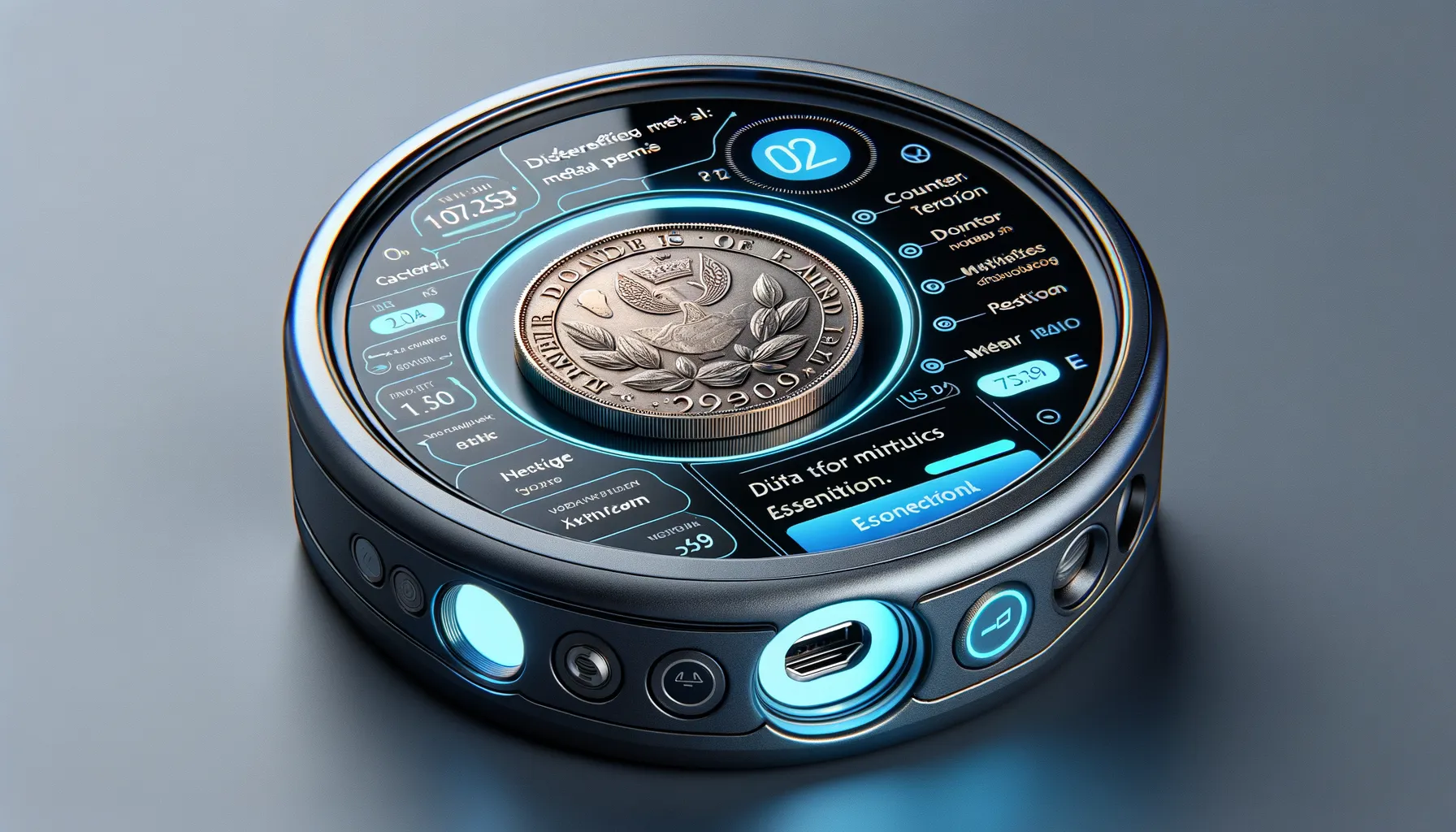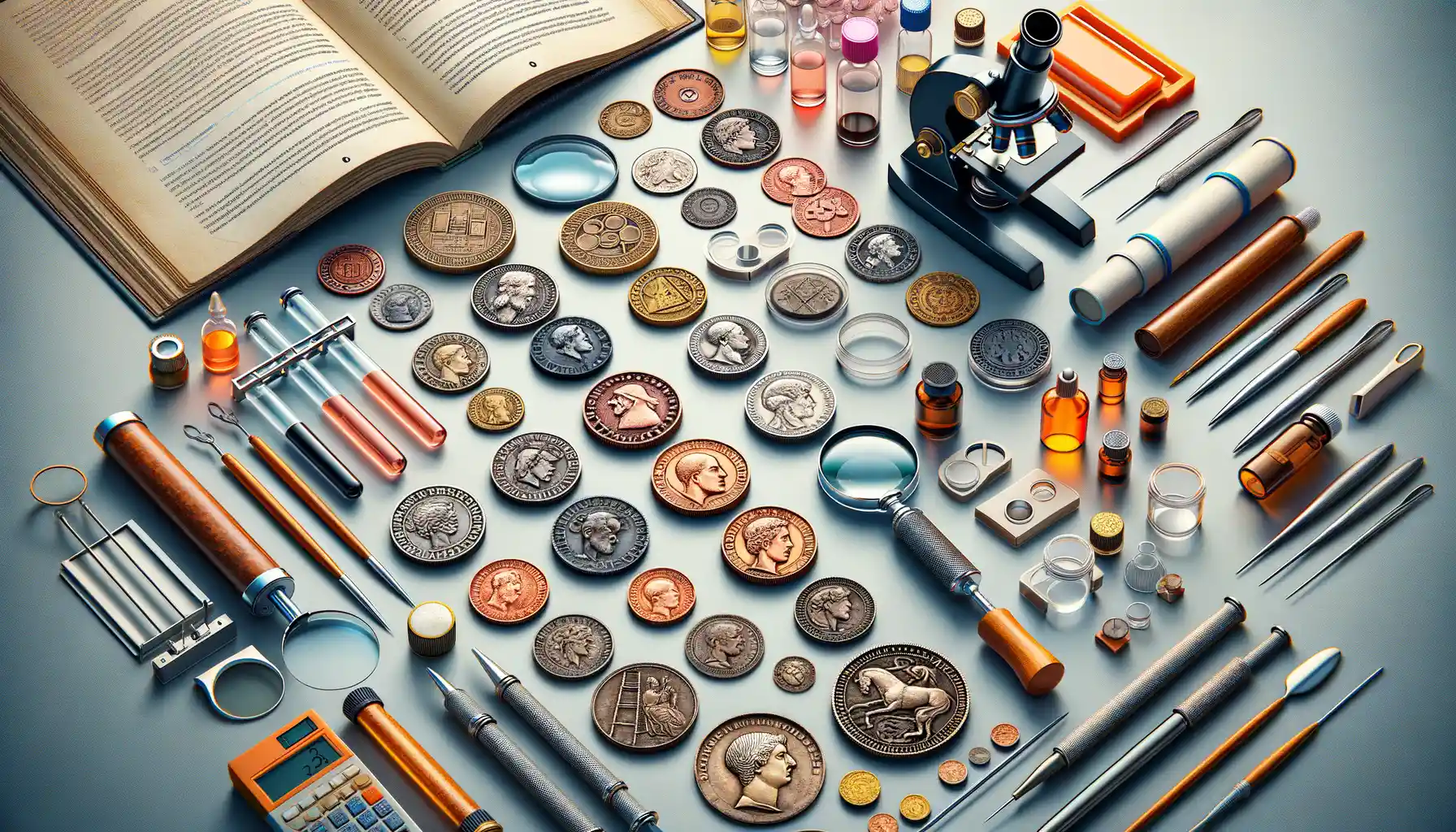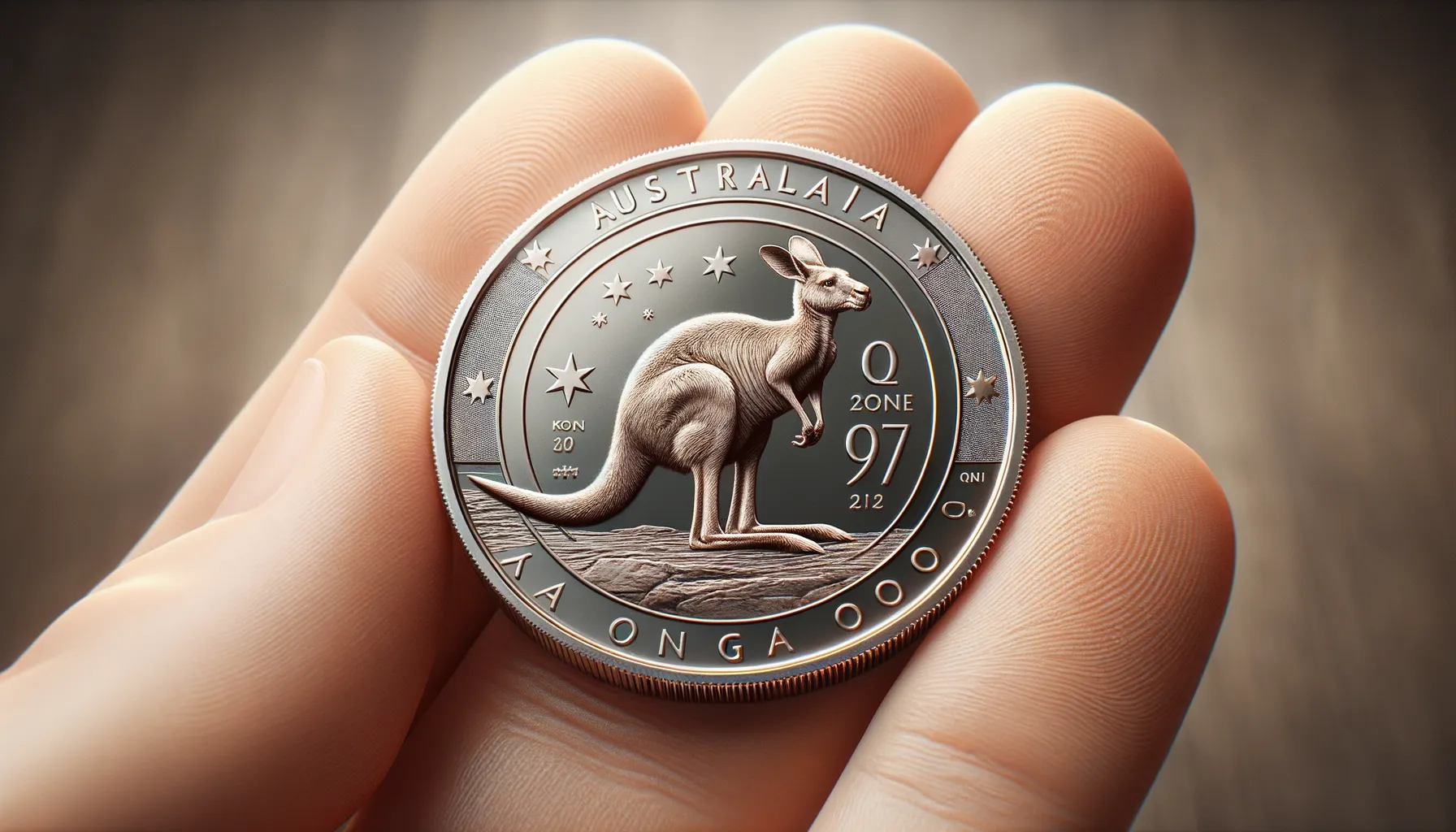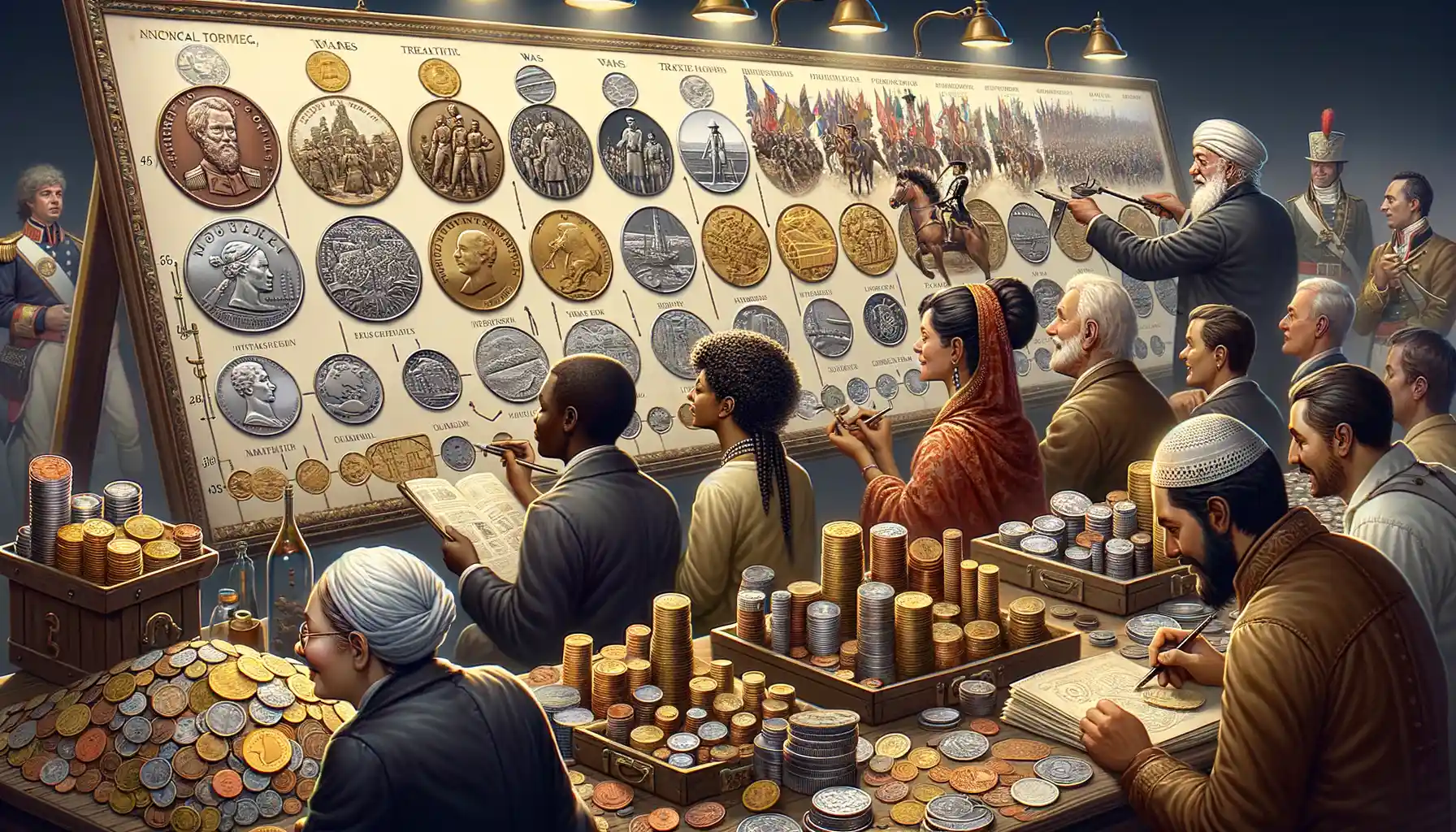Understanding How Coin ID Scanners Work
Peek Inside the Magic of Coin Scanners
Ever wondered how a tiny device can unravel the mysteries of centuries-old coins in seconds? A coin ID scanner is like having a miniature time machine in your pocket. These clever tools combine cutting-edge technology with a deep love for numismatics to deliver results that feel almost magical.
At the heart of it all is advanced imaging. When you scan a coin, the device captures every detail—its grooves, lettering, and even the subtle patina that comes from years of history. Through algorithms (fancy word for smart programming), the scanner compares your coin’s unique characteristics against an immense database of known coins, looking for a match.
But wait—it’s not just about images! The best scanners also analyze weight, material, and size, ensuring no detail gets overlooked. In fact, they’re trained to spot distinguishing marks like mint errors or rare designs, which could mean your coin is far more valuable than you thought.
- High-resolution cameras to preserve intricate details.
- AI-driven comparisons that act like a digital Sherlock Holmes.
- Real-time feedback, because let’s face it, patience isn’t always a virtue!
It’s a blend of science and art—a perfect partner for anyone ready to unlock their collection’s hidden potential.
Essential Features to Look for in a Coin ID Scanner

Pinpoint Accuracy for Every Coin
When it comes to identifying your treasured coins, accuracy isn’t just a nice-to-have, it’s everything. Picture this: you’ve found a dusty coin in your grandmother’s attic. Is it a rare Roman denarius or a common replica? The best scanners will confidently tell you. Look for a scanner with an extensive and up-to-date coin database. Without it, you’re like a ship sailing without a compass—lost!
Another game-changer? High-quality image recognition. A scanner should analyze not just the coin’s design but every scratch, mint mark, and gleaming edge. If it’s guessing instead of knowing, your collection’s story might remain untold.
- Zoom functionality: Catch even the smallest details, like engravings barely visible to the naked eye.
- Multi-angle scans: Coins are complex. A scanner that sees them from all sides is your MVP.
A Seamless Experience You’ll Love
Let’s talk usability! Nobody wants to wrestle with clunky software when uncovering history. Opt for scanners equipped with intuitive smartphone apps or easy desktop integration. Imagine snapping a photo, sipping your coffee, and receiving instant results—all within seconds.
Also, consider portability. Light, compact scanners mean you can take your hobby on the road! Whether you’re treasure-hunting at an antique fair or chatting about finds with fellow collectors, your scanner should slip effortlessly into your pocket or bag.
Step-by-Step Guide to Using a Coin ID Scanner Effectively

Getting Started with Your Coin ID Scanner
Ready to breathe life into your coin collection? Using a Coin ID Scanner is like having a personal assistant that knows every coin’s story. Whether you’re gripping a rare vintage coin or sorting through modern-day treasures, here’s how to wield this tool like a pro:
- Setup and calibration: Keep it simple but precise. Place your scanner on a flat, stable surface. Lighting? Crucial. Natural daylight works wonders, or use a soft, glare-free light for those intricate details.
- Positioning your coin: Lay your coin flat, ensuring it’s clean and free of smudges. A little microfiber cloth goes a long way—think of it as prepping your star actor before the camera rolls.
- Scanning and analyzing: Follow the device prompts. Hold steady, like taking a photo of something breathtaking. Magic happens here—the scanner decodes inscriptions, dates, and even mint marks!
Maximizing Scanning Accuracy
A few secrets: always scan one coin at a time for best results. Mixed piles? Tempting but messy! Also, ensure your scanner app stays updated—software updates often improve recognition capabilities. And while you’re at it, pair the scanner with a cataloging app to tag coins in seconds.
Finally, trust what I call the “gut-check moment.” If the scanner identifies an obscure coin, double-check its ID using a trusted coin database. It’s part of the fun—like being both detective and historian!
Tips for Building and Organizing Your Coin Collection

Turn Your Coin Hobby into a Personal Treasure Trove
Ready to transform that pile of coins into a beautifully curated masterpiece? Building and organizing your coin collection is like piecing together a puzzle of history—each coin has its own story, waiting to shine. To start, think about your focus: Are you drawn to ancient Roman denarii, dazzling gold sovereigns, or quirky 20th-century error coins? Picking a theme adds personality and direction, keeping your collection cohesive yet thrilling.
Once your theme feels right, the real fun begins with organization! Coins are delicate, so handle them with care—no sweaty fingers, please. Use acid-free albums or clear, airtight holders to protect them from scratches and oxidation. Want to show off your gems? Label each piece with its country, year, and mintmark for an instant pro-level vibe.
- Pro tip: Store your collection in a cool, dry spot. Humidity is every coin’s sworn enemy.
- Pro tip: Use soft LED lights for display—harsh lighting can fade the intricate details on older coins.
—
Creating a Catalog That Tells a Story
Think of your catalog as your collection’s personal diary. Use a digital spreadsheet or go old-school with a handwritten ledger (because nothing beats the feel of pen on paper). For each coin, jot down key details: denomination, origin, condition, and any special quirks. Remember that time you found a vintage Liberty Head nickel at an estate sale? Document it! These anecdotes give your collection life.
Oh, and don’t underestimate technology. Plug those details into a coin identification app or scanner, and voilà—you’ve got a virtual assistant helping you track every rare find. For the creative collector, scrapbooking is another fun way to categorize coins. Imagine photos of coins paired with historical tidbits. It’s part museum, part memory lane!
Common Challenges and Solutions in Coin Identification

Troubles That Trip Up Even the Sharpest Collectors
Picture this: you’re holding a coin that feels like history is pressing into your palm. Your heart races as you scan it, hoping for an instant revelation—then, nothing. No match found. Frustration kicks in, right? One of the most common roadblocks with coin ID is when scanners fail to recognize worn-out or obscure coins. These gadgets are powerful, sure, but they aren’t magicians. A coin with smoothed-over text or an unusual mint mark can send even the best scanner into a spiral.
So, what’s the secret? Don’t solely rely on tech. Use a magnifying glass to decipher faint details or refer to extensive databases that go beyond your scanner’s built-in library. Some scanners allow manual input of traits like edge design or weight—use that feature like a pro.
Overlapping Coin Designs or Counterfeits? Here’s Help
Another stumbling block is identifying coins with similar designs. Think of it like matching twins from across a room—challenging! Coins from different eras or neighboring countries often share eerily close features. On top of that, counterfeits sneakily mimic originals.
Here’s how to beat them at their game:
- Study the coin’s metal composition. Many fakes won’t age the same way real silver or gold does.
- Pay attention to subtle details like font spacing or rim thickness—scanners sometimes miss these, but experienced eyes don’t!
Spotting differences takes patience, but every “aha” moment makes it worth the effort. Go ahead; detective mode suits you.



